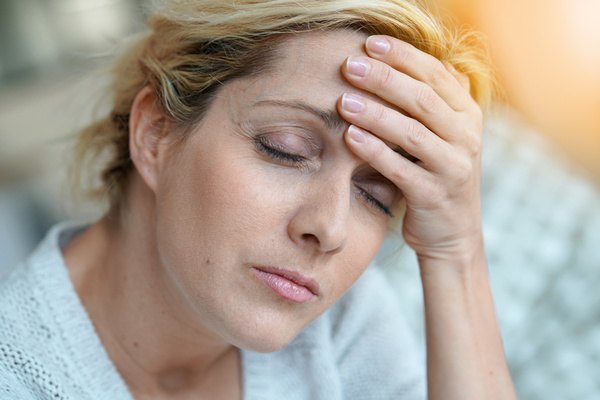
Conventional migraine treatments don’t work well
My most recent migraine patient had a constant headache and for five days a month her migraines were severe enough that she could not go to work. This was despite the fact that she was on every possible conventional migraine treatment. This included antidepressants, muscle relaxants, beta blockers, NSAIDs, rescue medication Maxalt, Botox injections and the latest migraine drug, Aimovig, a monthly injection that costs $575. She is one of many migraine patients I have seen who were still experiencing severe suffering despite numerous medications. She came to me because she was looking for a more effective, natural cure for migraine headaches.
Most migraine sufferers use medication as their primary treatment. According to the Migraine Research Foundation,[i]
- Migraine is an extraordinarily prevalent neurological disease, affecting 39 million men, women and children in the U.S. and 1 billion worldwide.
- 18% of American women, 6% of men, and 10% of children experience migraines.
- Migraine is the 6th most disabling illness in the world.
- While most sufferers experience attacks once or twice a month, more than 4 million people have chronic daily migraine, with at least 15 migraine days per month.
- More than 90% of sufferers are unable to work or function normally during their migraine.
- Medication overuse is the most common reason why episodic migraine turns chronic.
There is a better way. Natural treatments for migraine headache work better than pharmaceuticals with minimal to no adverse effects.
What is a migraine?
Migraine is typically a severe throbbing recurring pain, usually on one side of the head. But in about 1/3 of attacks, both sides are affected.
Attacks are often accompanied by one or more of the following disabling symptoms: visual disturbances, nausea, vomiting, dizziness, extreme sensitivity to sound, light, touch and smell, and tingling or numbness in the extremities or face.
Natural treatment of migraine headaches
Many natural treatments have been shown to be very effective in reducing migraine frequency, severity and duration. Options for natural cure of migraine headaches include supplements, marijuana, biofeedback, neurofeedback, homeopathy, green light therapy and more.
Supplements for natural cure of migraine headaches
Butterbur (Petasites hybridus)
Butterbur is an herb native to Europe, Southwest Asia, and North Africa. Butterbur has been used medicinally for more than 2,000 years to treat allergies, asthma, headache, and muscle spasms. A butterbur root extract has been available by prescription in Germany since 1988.[ii]
The American Academy of Neurology, in a 2012 evidence-based guideline update of NSAIDs and other complementary treatments for migraine prevention, listed butterbur as the only treatment with “established efficacy” for migraine prevention.[iii] This classification was based on two scientifically rigorous studies. In one randomized double-blind placebo-controlled study, migraine headache frequency was reduced by up to 60% with twice daily doses of 50 mg of Petasites hybridus extract, with no reported adverse effects.[iv] In a second randomized study, which compared 75 mg twice daily of Petasites hybridus with 50 mg twice daily and placebo, headache frequency was reduced 48% for the 75 mg group, 36% for the 50 mg group, and 26% for the placebo group. The only adverse effect reported in some patients was burping.[v] The American Academy of Neurology guideline states that butterbur “should be offered” to migraine patients.[vi]
In my 26-plus years of treating migraine patients, I have reviewed many of my clients’ lists of doctor-prescribed medications and supplements. I have never seen butterbur listed. If you’re looking for a natural cure for migraine, this may be one of the best ones to try!
Magnesium
According to the American Migraine Foundation,[vii] “The ideal medication for prevention and treatment of migraine would have no side effects, no risk, would be safe in pregnancy, as well as being highly effective while remaining inexpensive. Of course, no such medication exists, but magnesium comes closer than many interventions on all these fronts.”
Magnesium deficiency promotes many known mechanisms of migraine development, including promotion of cortical spreading depression, altering nociceptive processing and neurotransmitter release, and encouraging the hyperaggregation of platelets. Magnesium also acts as a muscle relaxant. Magnesium deficiency, however, is hard to measure.[viii]
Magnesium is frequently given orally to prevent migraine, usually at doses of 400-500 mg per day. There are many forms of magnesium. Magnesium oxide and magnesium citrate are often recommended for migraine treatment. 1-2 grams of magnesium sulfate can be given intravenously during an acute episode.
Oral magnesium in high doses is a laxative. To increase magnesium absorption without causing unwanted GI effects, creams or oils containing magnesium can also be used. The magnesium will be absorbed though the skin, bypassing the digestive tract. Epsom salt baths are another way of getting more magnesium into a migraine sufferer’s system while bypassing the digestive tract.
Magnesium supplementation seems to be particularly helpful for patients with auras and patients with hormonal-related migraines.[ix] Another very promising and easily accessible natural cure for migraine headaches!
Feverfew
Feverfew (Chrysanthemum parthenium) is most frequently used to prevent migraine headaches. It has also been traditionally used for fever, stiffness, skin conditions, and gynecological disorders. The American Academy of Neurology, in a 2012 evidence-based guideline update, listed feverfew as “probably effective” for migraine prevention.[x]
In one randomized placebo-controlled double-blind study of feverfew, migraines decreased from 4.76 to 2.86 headaches per month, a decrease of 1.9 attacks/month, compared to a decrease of 1.3 attacks in the placebo group.[xi]
Warning: Don’t suddenly stop taking feverfew, because you may experience withdrawal symptoms, including rebound headaches, anxiety, sleep disturbances, muscle stiffness, and muscle pain. Avoid taking if pregnant; it may cause a miscarriage. Feverfew may also reduce the effectiveness of antidepressant drugs.[xii]
Marijuana is a powerful natural cure for migraine
A recent study of nearly 2000 patients who use marijuana for migraine treatment was conducted by Washington State University. They found that inhaled marijuana reduced self-reported migraine severity by 49.6%. There were similar pain-relieving effects on other types of headaches. The study also found that there was no evidence of overuse headache that often occurs with pharmaceutical treatment over time. They found that there was no difference in effectiveness related to levels of THC and CBD, which may indicate that other components of cannabis such as other cannabinoids or terpenes cause the pain relief.[xiii]
In 2015, Care By Design, a CBD company, surveyed patients who have been using medical marijuana for over 30 days. The survey asked medical marijuana patients about:
• The conditions for which they are taking CBD-rich cannabis
• The ratio of CBD-to-THC they are using
• The impact of CBD-rich cannabis therapy on pain or discomfort, energy, mood, and overall wellbeing
They found that THC matters. A higher ratio of CBD to THC does not result in better therapeutic outcomes. Patients using the 4:1 CBD-to THC were the most likely to report a reduction in pain or discomfort, and improvements in mood and energy. Patients using the 2:1 CBD-to-THC ratio reported the greatest improvement in overall wellbeing. All patients (100%) with headaches and migraines, fibromyalgia, irritable bowel syndrome (IBS), and spinal cord injury reported a decrease in pain or discomfort.[xiv]
Biofeedback and neurofeedback for migraine treatment
Biofeedback uses sensitive electronic instruments to measure a person’s bodily processes and then feeds back that information to the person so that control of the physiology can be learned. Several types of biofeedback—including muscle tension (EMG), temperature (blood flow), heart rate variability (HRV), and brain wave (neurofeedback)—have been shown to be helpful for reducing chronic headaches and migraines. Biofeedback is often paired with coaching in relaxation techniques. The combination is a powerful natural cure for migraine headaches.
Biofeedback can enhance the effectiveness of relaxation training by giving the patient information on the effectiveness of his efforts. Biofeedback takes measurements on the surface of the body, and this information is used as part of an educational process. It is completely safe and without negative side effects.
Traditionally, the most common types of biofeedback used for migraine treatment were hand temperature biofeedback, which measures changes in blood flow to extremities, and EMG (muscle) biofeedback, A review of migraine treatments published by the American Academy of Neurology in 2000 concluded that temperature and muscle biofeedback with relaxation training were effective and recommended biofeedback as a treatment option.[xv] In 2018, the American Headache Society guidelines stated that “biofeedback, and relaxation therapies have been shown to be effective in the acute and preventive treatment of migraine and have Grade A evidence for their use preventively.”[xvi]
Temperature and EMG biofeedback typically yield a 45%-60% reduction in headache frequency and severity in biofeedback studies[xvii]. Patients whose treatment is not time-limited by study constraints (usually 7-10 sessions) often achieve even better results.
Another type of biofeedback in increasing use over recent years for migraine headache treatment is brainwave biofeedback, also known as neurofeedback. Neurofeedback trains patients to alter the electrical activity of their brains. For treatment-resistant migraines that don’t respond completely to temperature or muscle biofeedback, neurofeedback is often an even better natural cure for migraine headaches. Two main aspects of brain activity are typically the target of neurofeedback training: over-arousal and brain instability.
Quantitative EEG, or QEEG, is a brain mapping technique that identifies abnormalities in brain regions and brain connections, which can then be corrected with neurofeedback. In 2011, a migraine headache study compared QEEG-guided neurofeedback to pharmaceutical treatment. The study determined that migraine patients had excessive high frequency activity in many parts of the brain and trained patients to reduce it. Fifty-four percent of patients in the neurofeedback group experienced a complete remission of migraine headaches. An additional 39% experienced a decrease in migraine frequency of greater than 50%. In contrast, of patients in the study who elected to continue on drug therapy, 68% experienced no change in headache frequency, and only 8% achieved a reduction of greater than 50%.[xviii]
Another neurofeedback study in 2010 combined thermal biofeedback, neurofeedback targeting reduction of peak frequencies at sites directly opposite each other on the left and right brain, and hemoencepholographic (HEG) biofeedback (increasing blood flow to the prefrontal cortex--the part of the brain directly behind the forehead). Thirty-seven participants underwent an average of 40 sessions over a six month period. 70% of participants (26) experienced at least a 50% reduction in frequency of their headaches which was sustained at follow-up, on average 14.5 months after treatment discontinuation.[i]
Though biofeedback and neurofeedback require a greater investment of time and money than taking supplements, they can result in enduring improvements in migraine intensity and frequency, even to the point of eliminating them entirely. Definitely worth considering as a natural cure for migraine.
Homeopathy is another powerful natural cure for migraine headaches
Homeopathy was developed in 1827 by Dr. Samuel Hahnemann, a German physician. Hahnemann was appalled by the painful and extreme treatments that patients were enduring to combat illness.
Homeopathy is based on the principle that “like cures like.” This means that any substance capable of producing symptoms in a healthy person can cure similar symptoms in a person who is sick. This idea is referred to as the “law of similar.” For instance, an onion makes your eyes water and your nose burn. If you are having an attack of hay fever with watering eyes and a burning nose, a homeopathic remedy made from onion can relieve it.
A second homeopathy principle is that you should administer the least amount of medicine necessary to evoke a healing response. This is called the “minimum dose.” To prevent side effects, Hahnemann began successive dilution with shaking his medicines to find the point at which they would be therapeutic but not toxic. He also discovered that in many situations the best cure was achieved by the highest possible dilution. These dilutions use a dose that is so tiny that conventional medicine insists it cannot possibly help and that any improvement is a placebo effect. However, a 2015 review found that homeopathic remedies, when prescribed during individualized treatment, are 1.5- to 2-times more likely to have a beneficial effect than placebo.
A 1987 Italian study of homeopathic treatment of migraine headaches—a double-blinded randomized controlled study—found that individualized homeopathic treatment significantly reduced severity, frequency, and duration of migraine headaches compared to a placebo. The average severity in the treatment group after a period of four months of homeopathic dosing at four separate times over four week intervals was reduced from 9.1 to 2.9 on a 10 point scale in the homeopathic treatment group compared to a reduction from 8.4 to 7.8 in the placebo group. Migraine frequency was reduced from a mean of 10 times per month to 1.8 in the treatment group compared to a reduction from 9.9 to 7.9 in the placebo group. Duration of migraine attacks decreased in the treatment group from 19.9 hours to 6.7 hours compared to a reduction from 18.6 hours to 17.9 hours in the placebo group.[xix]
Green light therapy for migraines
Another natural cure for migraine that is quite new is green light therapy.
A 2016 study by researchers at Harvard Medical School found that exposure to green light reduced light sensitivity (photophobia) during migraines and also reduced headache severity. Research published in 2020 by the University of Arizona reported that green light therapy used preventatively resulted in about a 60% reduction in pain intensity and number of days per month people experienced migraine headaches. Overall, 86% of episodic migraine sufferers (up to 14 headaches a month) and 63% of chronic migraine patients (15 or more headache days per month) reported a more than 50% reduction in headache days per month. This was a small study, including only 29 participants, however the results were very promising. All had failed medication therapy and Botox treatment. There were no side effects and sleep was also improved.
Allay, a company founded by Dr. Rami Burstein, a Harvard Medical School Professor who has studied the benefits of light therapy for migraine sufferers, has developed a portable green light lamp. The lamp is available to patients without a prescription for $149. It can be purchased HERE.
There are even more options for natural cure for migraine headaches
There are many other approaches that are a natural cure for migraine headaches, including dietary (avoiding trigger foods and allergens, eating a healthy diet), psychotherapy and other mind/body approaches, getting adequate sleep, massage, chiropractic, acupuncture and more.
Incorporating several of these approaches into a migraine treatment plan can safely reduce or even eliminate your migraines
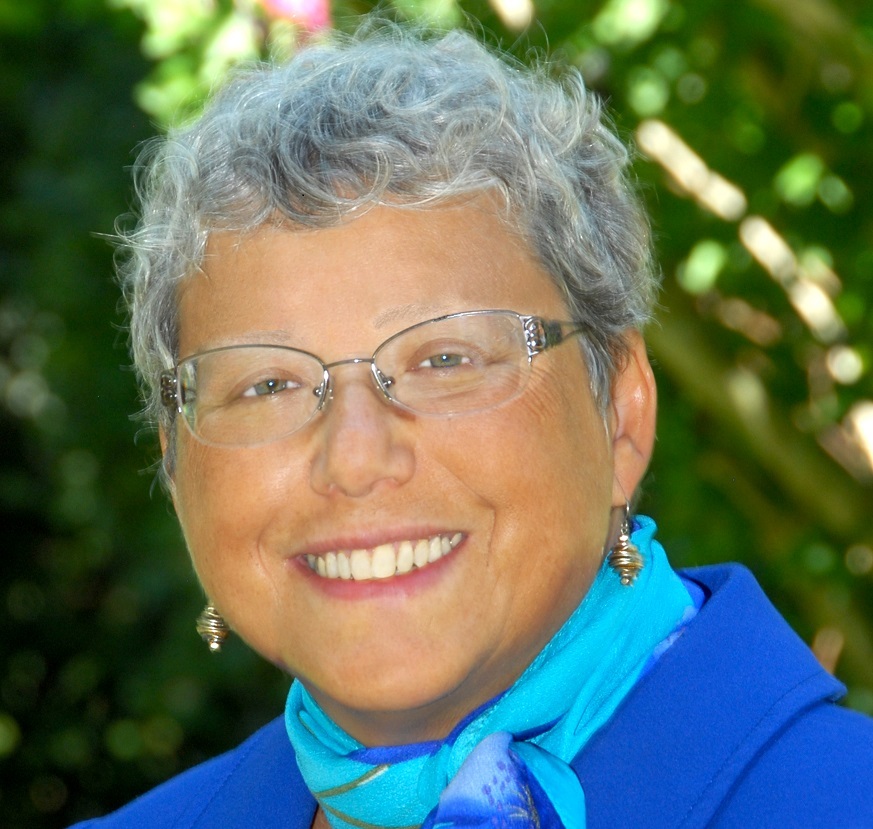 Cindy Perlin is a Licensed Clinical Social Worker, biofeedback practitioner and chronic pain survivor. She is the author of The Truth About Chronic Pain Treatments: The Best and Worst Strategies for Becoming Pain Free and the creator of the Alternative Pain Treatment Directory. She is in private practice in the Albany, NY area. Schedule a phone consultation with Cindy HERE
Cindy Perlin is a Licensed Clinical Social Worker, biofeedback practitioner and chronic pain survivor. She is the author of The Truth About Chronic Pain Treatments: The Best and Worst Strategies for Becoming Pain Free and the creator of the Alternative Pain Treatment Directory. She is in private practice in the Albany, NY area. Schedule a phone consultation with Cindy HERE
Don’t miss important pain treatment news
Sign up for our newsletter here.
Search providers in your area who can help you heal migraines
References
[i] Migraine Research Foundation, https://migraineresearchfoundation.org/about-migraine/migraine-facts/ accessed on 1/13/20
[ii] Platt, C. (2008). Preventing migraine pain with butterbur. Life Extension Magazine. http://www.lifeextension.com/magazine/2008/8/preventing-migraine-pain-with-butterbur/page-01
[iii] Holland, S., Silberstein, S. D., Freitag, F., Dodick, D. W., Argoff, C., & Ashman, E. (2012). Evidence-based guideline update: NSAIDS and other complementary treatments for episodic migraine prevention in adults. Neurology, 78:1346-53
[iv] Grossmann, M. & Schmidramsl, H. (2000). An extract of Petasites hybridus is effective in the prophylaxis of migraine. International Journal of Clinical Pharmacology and Therapeutics, 38(9), 430-5.
[v] Lipton, R. B., Gobel, H., Einhaupl, K. M., Wilks, K., & Mauskop, A. (2004). Petasites hybridus root (butterbur) is an effective preventive treatment for migraine. Neurology, 63(12). 2240-4.
[vi] Holland et al. (2012). Evidence-based guideline update.
[vii] https://americanmigrainefoundation.org/resource-library/magnesium/ accessed on 1/13/20.
[viii] Magnesium in headache. https://www.ncbi.nlm.nih.gov/books/NBK507271/
[ix] Magnesium in headache. https://www.ncbi.nlm.nih.gov/books/NBK507271/
[x] Holland et al. (2012). Evidence-based guideline update.
[xi] Pfaffenrath, V., Diener, H. C., Fischer, M., Friede, M., & Henneicke-von Zepelin, H. H. (2002). The efficacy and safety of Tanacetum parthenium (feverfew) in migraine prophylaxis–a double-blind, multicentre, randomized placebo-controlled dose-response study. Cephalalgia, 22. 523–532.
[xii] Chamberland. (2011). The Use of Herbal Remedies.
[xiii] Cannabis reduces headache and migraine pain by nearly half https://www.sciencedaily.com/releases/2019/11/191125100353.htm
[xiv] CBD Patient Survey https://blog.sfgate.com/smellthetruth/files/2015/09/CBD-Patient-Survey-September2015.pdf
[xv] Silberstein, S. D. (2000). Practice parameter: Evidence-based guidelines for migraine headaches (an evidence-based review): Report of the quality standards subcommittee of the American Academy of Neurology. Neurology, 55, 754-762.
[xvi] The American Headache Society Position Statement On Integrating New Migraine Treatments Into Clinical Practice https://headachejournal.onlinelibrary.wiley.com/doi/10.1111/head.13456 accessed on 1/13/20
[xvii] American Migraine Foundation. Biofeedback and Relaxation Training for Headaches https://americanmigrainefoundation.org/resource-library/biofeedback-and-relaxation-training-for-headaches/ accessed on 1/13/20
[xviii] Walker, J. (2011). QEEG-guided neurofeedback for recurrent migraine headaches. Clinical EEG and Neuroscience, 42(1), 59-61.
[i] Stokes D, Lappin M. (2010) Neurofeedback and biofeedback with 37 migraineurs: a clinical outcome study. http://www.behavioralandbrainfunctions.com/content/6/1/9
[xix] Brigo, B. (1987). Le traitement homeopathique de la migraine: une etude de 60 cas, controlee en double aveugle. Journal of Liga Medicorum Homoeopathica Internationalis, 18-25 reprinted in English in The Berlin Journal on Research in Homeopathy March 1991, 1(2), 98-106.

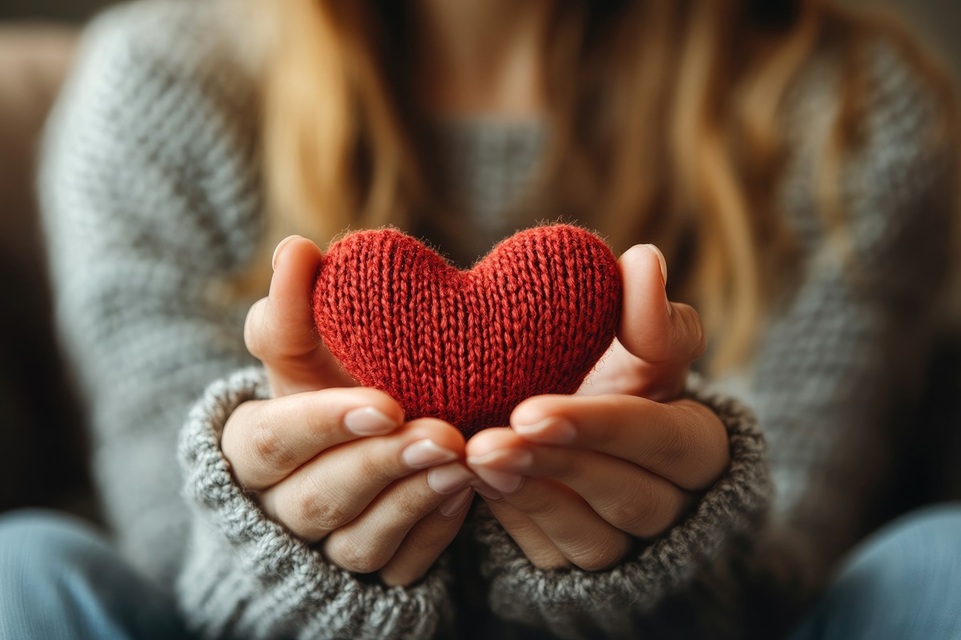
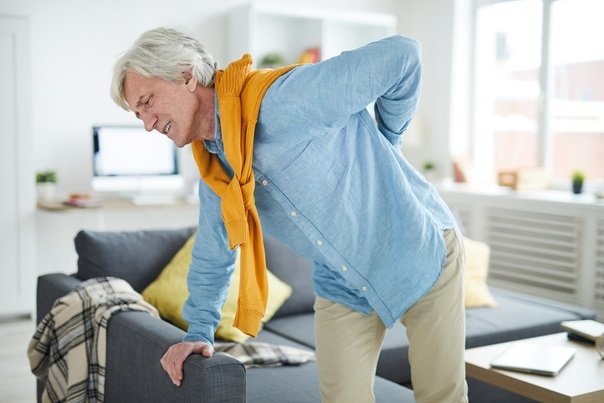
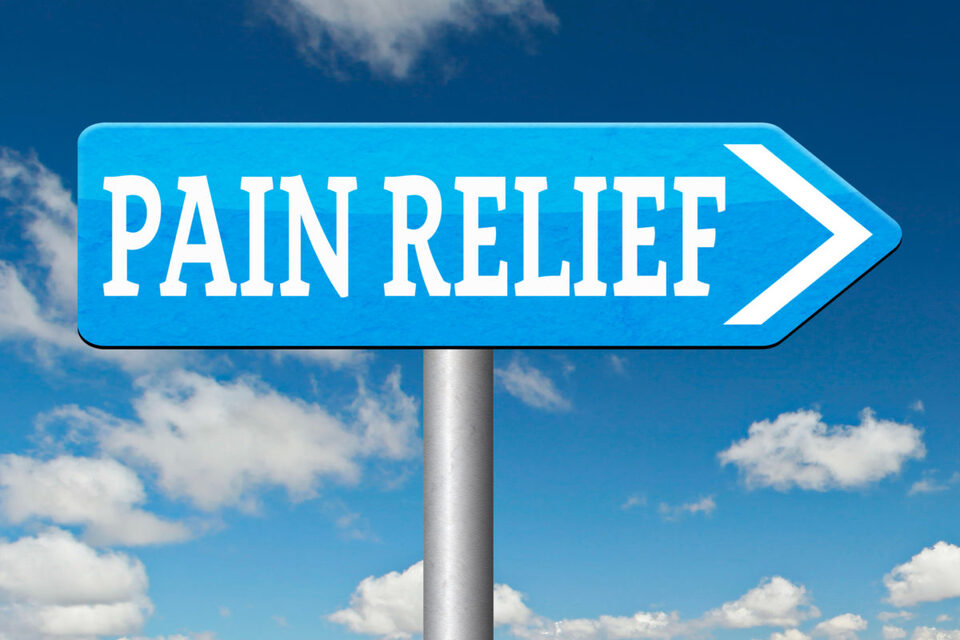







Comments